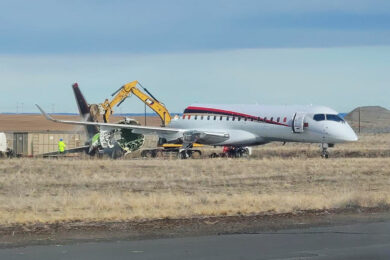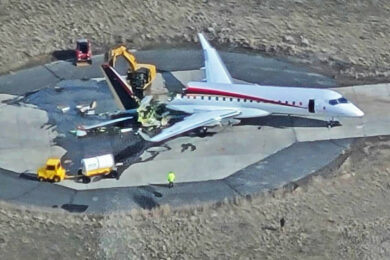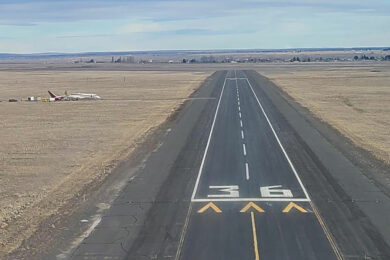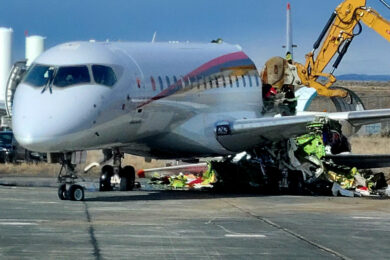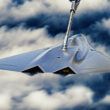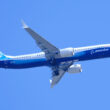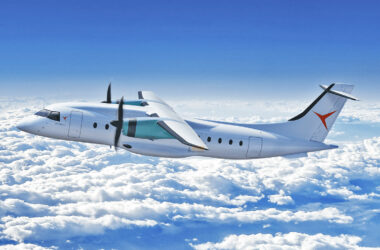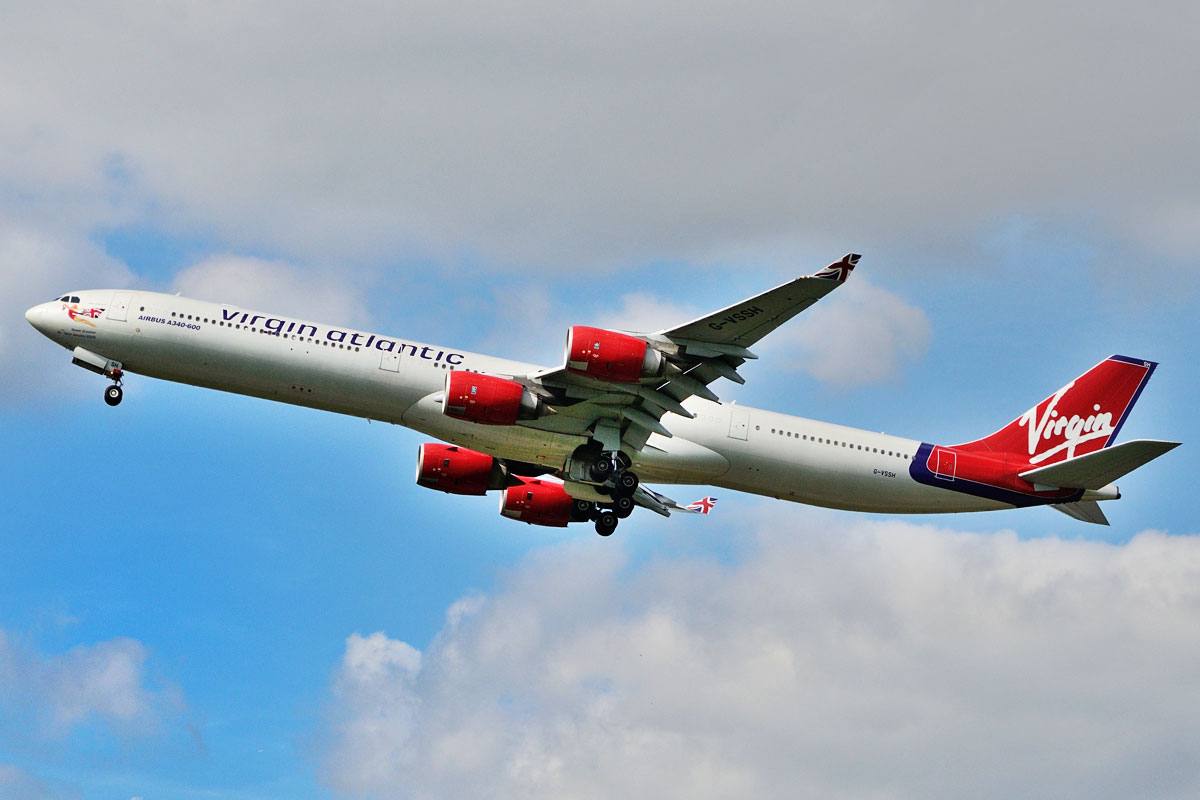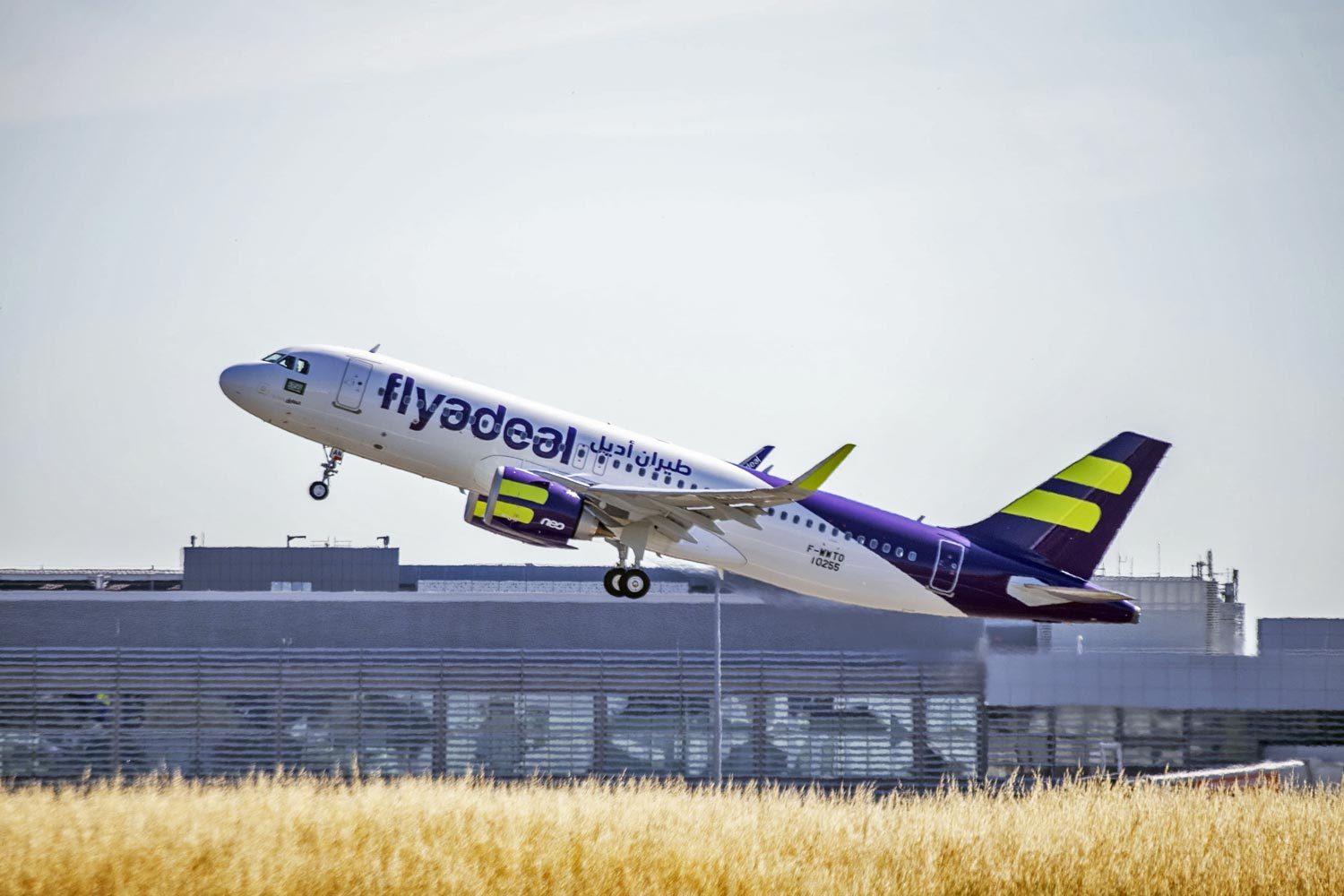Mitsubishi’s SpaceJet regional jet program promised to be a tough rival for Embraer’s E2 family. With a modern design, efficient performance and more generous space on board, the M100 and M90 models would be direct competitors of the E175-E2 and E190-E2. However, reality proved to be bitter for the Japanese.
After years of delays and billions of dollars spent, Mitsubishi gave up on putting the SpaceJet into service. Weeks ago, the company put an end on the program by announcing that it would no longer attempt to relaunch it.
Now, the saddest sign of the ambitious project’s demise has emerged in images taken by photographer Wade Sacket on Wednesday. One of the SpaceJet M90 prototypes (formerly the MRJ-90) was spotted being destroyed in a space away from Grant County International Airport, in Moses Lake, in the Northwest USA.
As is so often the case with older aircraft, the M90 bearing the registration number JA21MJ had the rear portion torn away from the rest of the fuselage while a machine literally shredded the aluminum for recycling.
Significant client portfolio
Mitsubishi Aircraft completed seven M90s, of which the JA21MJ was the first to fly, in November 2015.
Another prototype, JA23MJ, which last flew in March 2020, would also have been dismantled, according to reports from AviationWire.
Follow ADN: Instagram | Twitter | Facebook
The test aircraft were moved to Moses Lake to try to speed up the certification process with the Federal Aviation Administration, but the manufacturer acknowledged having underestimated the difficulties in obtaining approval for revenue operation.
Born as Mitsubishi Regional Jet (MRJ), the project was presented in 2007 with ambitious goals to put Japan back in the commercial aviation market.
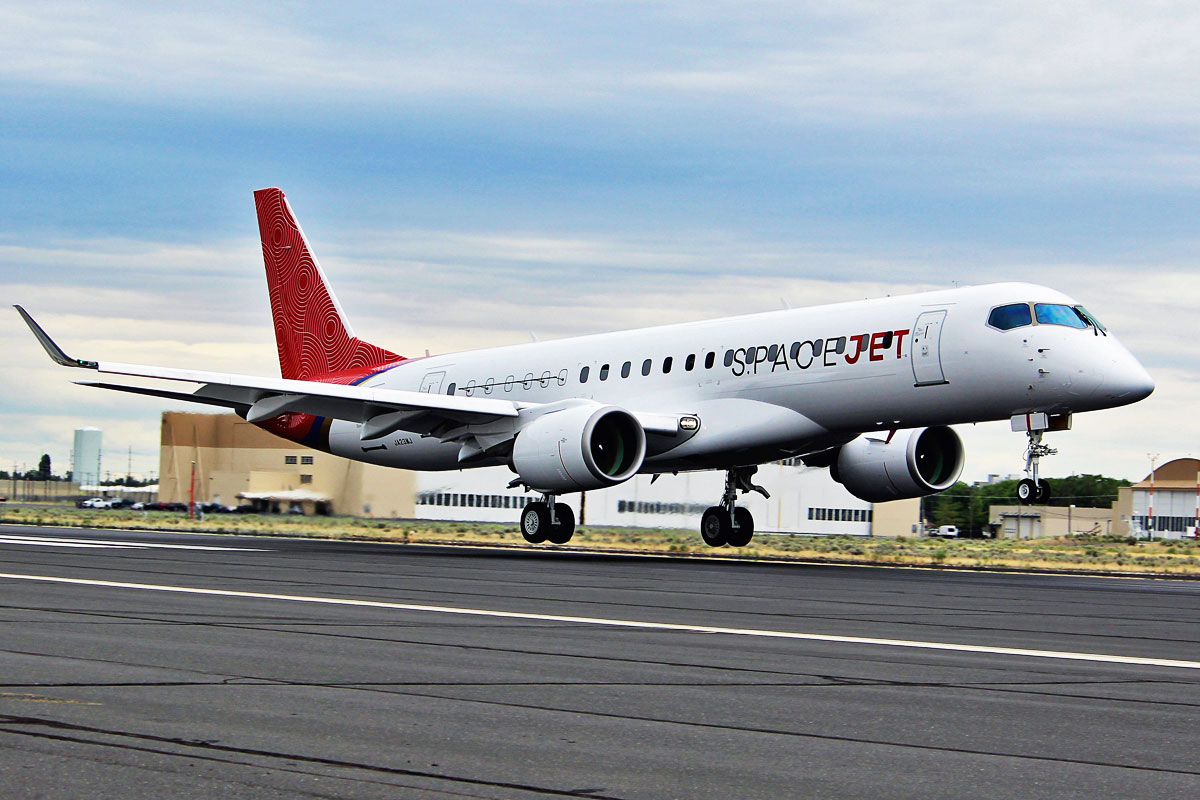
Customers interested in the aircraft’s performance soon emerged, such as Japan Air Lines and All Nippon Airways and also some US regional airlines, one of the main focuses of the project.
Powered by PW1200G engines, the MRJ became a SpaceJet in 2019, with the change from the MRJ-90 to the SpaceJet M90 and the replacement of the MRJ-70 with the M100, an aircraft tailored to meet the scope clauses of US carriers.
Even that wasn’t enough to change the fate of the program, which succumbed amid the Covid-19 pandemic, when activities at Moses Lake were suspended.


